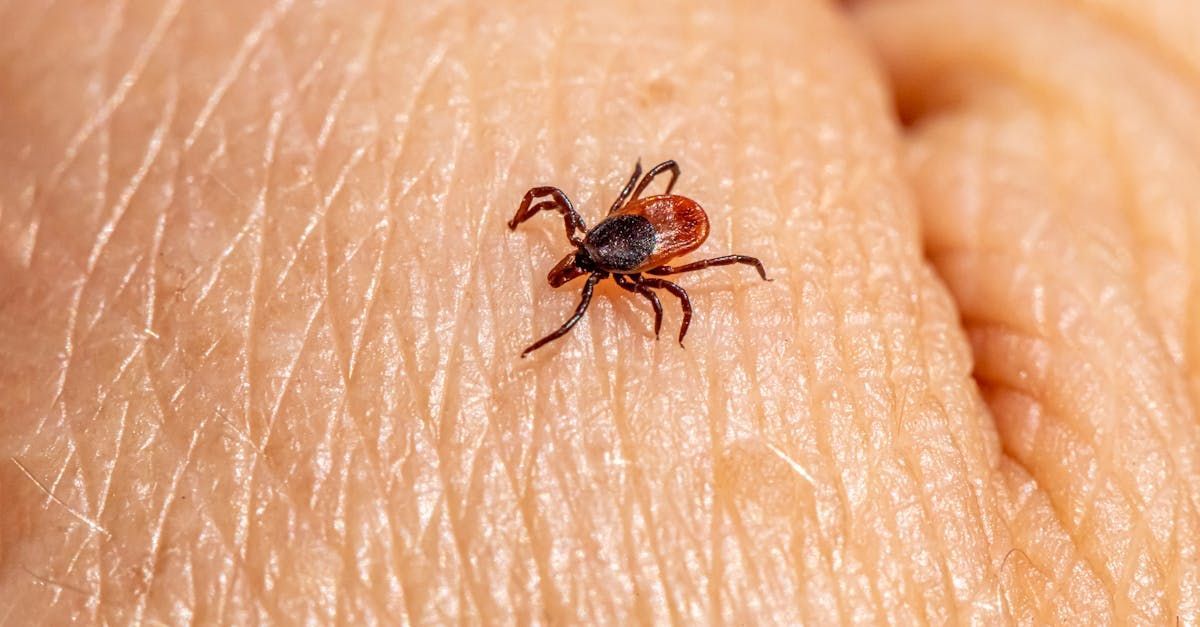Kimberly Hirsch • April 29, 2024
Tick Talk - Understanding the Complexities of Lyme Disease

By Connor Janssen
•
June 18, 2025
Imagine waking up to healthcare that actually supports you and your lifestyle – where you feel seen, cared for, and in control. No restrictive networks. Explore Knew Health Membership perks: medical cost sharing, telemedicine, concierge care, blood work discounts, and tools to support your whole-body wellness.

By Amber Cram
•
March 25, 2025
Healthcare in the United States is more expensive than anywhere else in the world. Yet despite the high costs, Americans are sicker than ever, with America's healthcare system is broken. Are you tired of traditional insurance that isn't focused on keeping you healthy? Join us.








